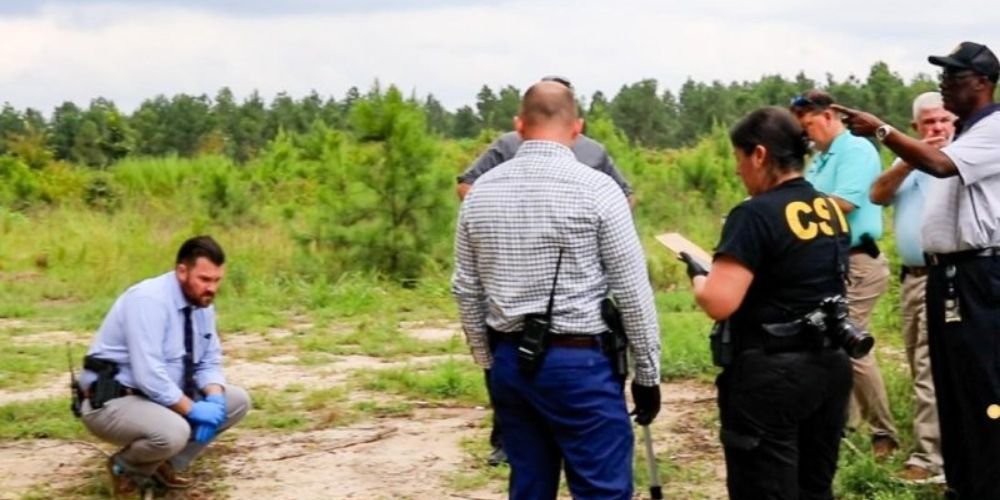Ohio’s landscape has transformed dramatically in the realm of cannabis use. The Buckeye State officially legalized adult-use marijuana on November 7, 2023, setting off a wave of new policies, dynamic market growth, and shifting consumption patterns across cities. With legalization has come increased transparency and data, shining a spotlight on which Ohio cities are leading the way in cannabis consumption.
This blog takes a deep dive into Ohio’s cannabis scene, uncovering which city holds the title of highest weed consumption. We’ll blend hard statistics, consumer trends, and city profiles for a complete look at cannabis culture as it stands in 2025.
The State of Legal Marijuana in Ohio
The path to legalization was a long one, but as of August 2024, licensed dispensaries began selling recreational cannabis to adults across the state. In less than a year, legal marijuana sales rocketed, and dispensaries now line the streets of major cities from Cleveland to Cincinnati. The state has set a 10% cannabis tax on sales, with revenues funding social equity initiatives, localities, education, and public safety programs.
There are now over 150 dual-use dispensaries, primarily concentrated in Ohio’s major urban centers, signaling broad demand and support for accessible cannabis.
Key Stats About Ohio’s Marijuana Market
-
Recreational marijuana sales in Ohio have surpassed $600 million since launching in August 2024.
-
Medical marijuana sales average about $925,000 daily, while recreational sales reached approximately $1.8 million every day—nearly double the volume of medical sales.
-
The average price for a cannabis item is around $34.64, higher than many other states.
-
Major cities like Columbus, Cleveland, and Cincinnati anchor the state’s cannabis economy, with over half of the dispensaries located in these metropolitan areas.
-
Edibles are a fast-growing market segment, showing year-over-year sales growth exceeding 130%.
These figures highlight an enthusiastic, growing market, with the highest consumption centered in Ohio’s major urban areas.
Methodology: Determining the City with the Highest Weed Consumption
To pinpoint the city with the highest cannabis consumption, analysts rely on per capita data, dispensary density, sales volumes, and state reporting. National indexes and reports, like those from CFAH and the Ohio Division of Cannabis Control, cross-reference census numbers, retail data, and market research tools.
Cities with large populations, active nightlife, vibrant cultural scenes, and broad acceptance of marijuana are natural magnets for high consumption rates.
Cleveland: Ohio’s Cannabis Consumption Capital
Among Ohio’s cities, Cleveland consistently emerges as the leader in weed consumption per capita. According to recent analyses using 2023 and 2024 retail and use data, Cleveland residents consume more cannabis than any other major city in the state.
Why Cleveland Leads
High Dispensary Access: Cleveland has a high density of dispensaries, both medical and now recreational. This accessibility fosters a competitive retail scene, lower prices, and broad product selection.
Progressive Policies: As early as 2020, Cleveland decriminalized possession up to 200 grams. Compared to other cities that maintain stricter penalties or local bans, this created a welcoming environment for adult users.
Cultural and Social Factors: A vibrant cultural scene, universities, sports, and music all contribute to a strong, visible cannabis culture.
Population Size: Cleveland is among the largest cities in Ohio, ensuring a sizable consumer base for dispensaries and contributing to high total volumes of cannabis sales.
Consumption Figures
-
Cleveland’s annual per capita consumption stands out, with recent reports putting it at a leading rate compared to other Ohio cities.
-
Data indicates that annual per capita weed consumption in Cleveland significantly outpaces Columbus, Cincinnati, and other metro areas.
-
Local trends suggest Cleveland’s embrace of marijuana is part of a broader movement towards normalization and destigmatization.
Comparing Other Major Cities
Columbus
As the state capital and Ohio’s most populous city, Columbus has a bustling cannabis scene. A high number of dispensaries serve the metro area, reflecting robust demand. However, Cleveland edges out Columbus with higher per capita usage—possibly due to policy differences, enforcement, or long-standing community acceptance.
Cincinnati
Cincinnati stands as another important market. The city’s proximity to Kentucky, where marijuana remains illegal, bolsters its adult-use market, drawing consumers from neighboring states. Still, its per capita figures do not surpass those of Cleveland.
Dayton and Toledo
Dayton and Toledo also see strong consumer activity, with dispensary presence and high rates of usage among adults. However, population size and market activity remain lower than in the Cleveland area.
The Demographics of Ohio Cannabis Users
Modern marijuana use in Ohio is largely driven by adults ages 26 and up, a notable shift from past decades, when teens were viewed as the core demographic. Today, gray-haired cannabis consumers drive increased usage—a reflection of legal medical use and shifting cultural attitudes among older generations.
Urban areas are particularly strongholds for marijuana use. The differences between urban and rural rates have widened as legal access expands in large cities, while some smaller towns and counties still restrict dispensaries.
Legal and Cultural Milestones
-
Decriminalization policies, starting with Cleveland, paved the way for broader acceptance. Many other cities and towns have since passed ordinances to lessen or eliminate penalties for simple possession.
-
Unlike some states, Ohio’s largest urban centers have not enacted bans on dispensaries. Over 50 suburban and small-town governments have, but Cleveland, Columbus, and Cincinnati remain open to legal sales, amplifying consumption.
Economic Impact: Cannabis in Cleveland
The cannabis industry has generated substantial economic activity statewide. In Cleveland:
-
The opening of recreational dispensaries has created hundreds of jobs in retail, security, and logistics.
-
Local tax revenues have flowed from both cannabis-specific excise taxes and general sales taxes on marijuana products.
-
Ancillary businesses—such as tourism, events, and cannabis-themed entertainment—have grown in response to increased demand.
Trends: What Cleveland’s High Consumption Says About Ohio
Cleveland’s status as Ohio’s leading city for weed consumption points to broader trends:
-
Urban hubs have catalyzed legalization and normalization. They act as test beds for policy, retail innovation, and consumption behaviors.
-
Younger adults continue to experiment, but middle-aged and older adults now account for a large share of total consumption.
-
The stigma around marijuana use has declined markedly, especially in cities that promoted decriminalization and medical access.
-
As Cleveland goes, so goes much of Ohio—leading the way in changing attitudes and legislative frameworks.
The Future: Will Other Cities Catch Up?
The pattern of highest cannabis consumption in Cleveland may persist, but other Ohio cities are poised for rapid growth. As more dispensaries open, as legal frameworks stabilize, and as rural and suburban opposition erodes, other locales like Columbus, Dayton, and Akron could see their per capita usage numbers rise.
Long-term, Ohio’s cannabis market is projected to remain robust. Recreational sales continue to grow, and cities that embrace legalization are likely to benefit economically and culturally.
Conclusion
Ohio’s marijuana revolution is in full swing, and Cleveland wears the crown for the state’s highest weed consumption. Its blend of progressive policies, dispensary access, and urban culture make it a natural hub for cannabis enthusiasts. As sales and usage continue to climb across the state, Cleveland stands as a window into the future of legal marijuana in Ohio—a future built on openness, diversity, and community acceptance.
Whether you reside in Lakewood, join the crowds at a Columbus festival, or savor a Toledo edible, Ohio’s cannabis story is still being written. But if you’re looking for the epicenter of weed culture and consumption, look no further than the energetic, progressive streets of Cleveland.











Leave a Comment